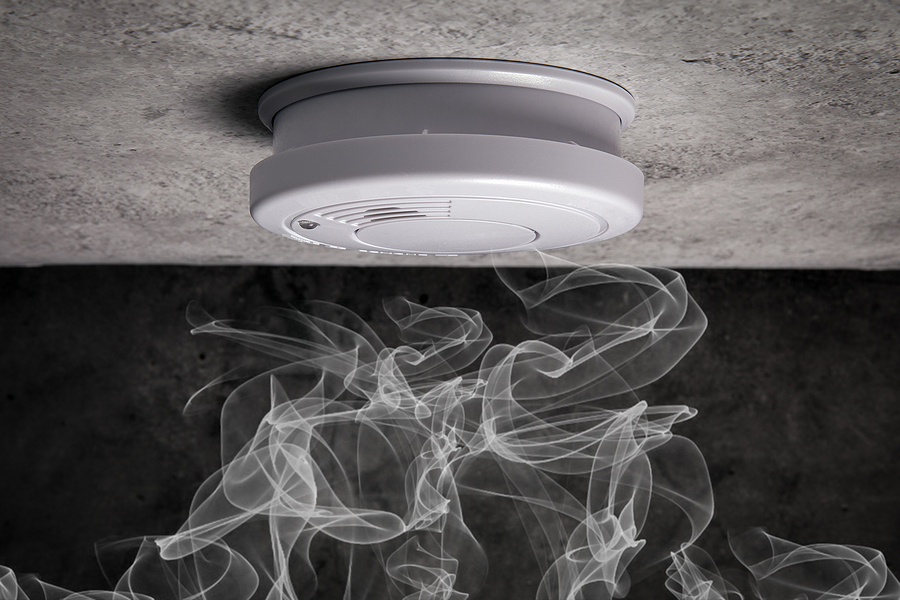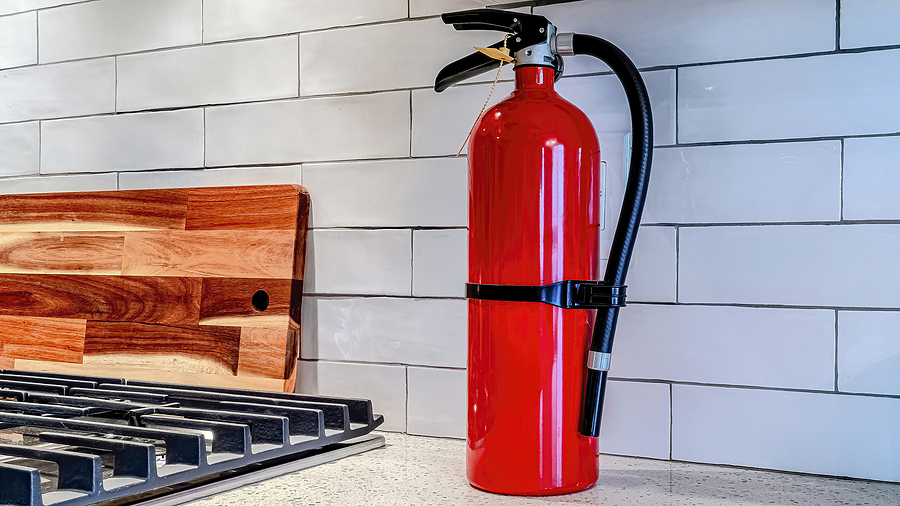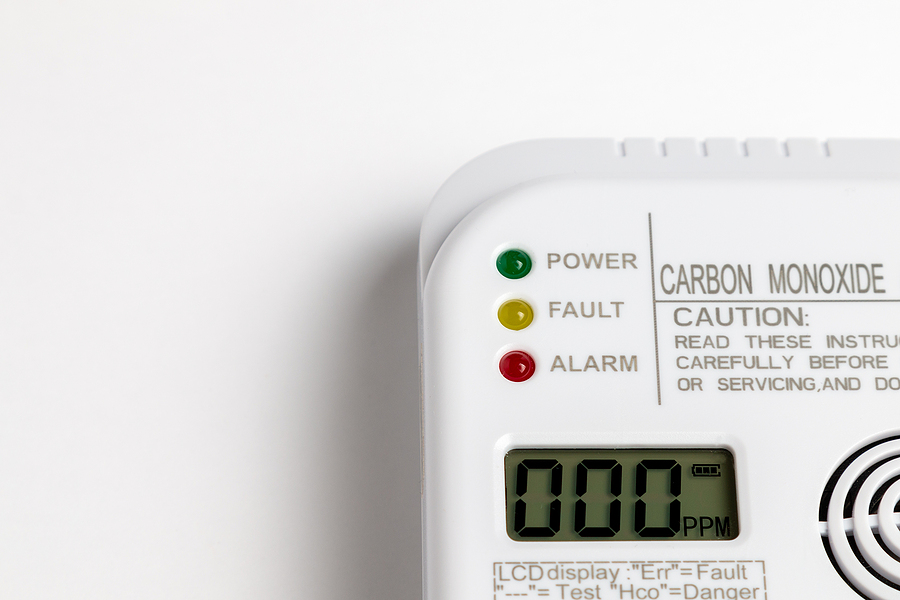Where to Find Equipment
Search home improvement store websites or use a general search engine to look for strobe light smoke alarms. Find smoke alarm accessories such as pillow or bed shakers, transmitters, and receivers at lifetonesafety.com, safeawake.com and silentcall.com.



